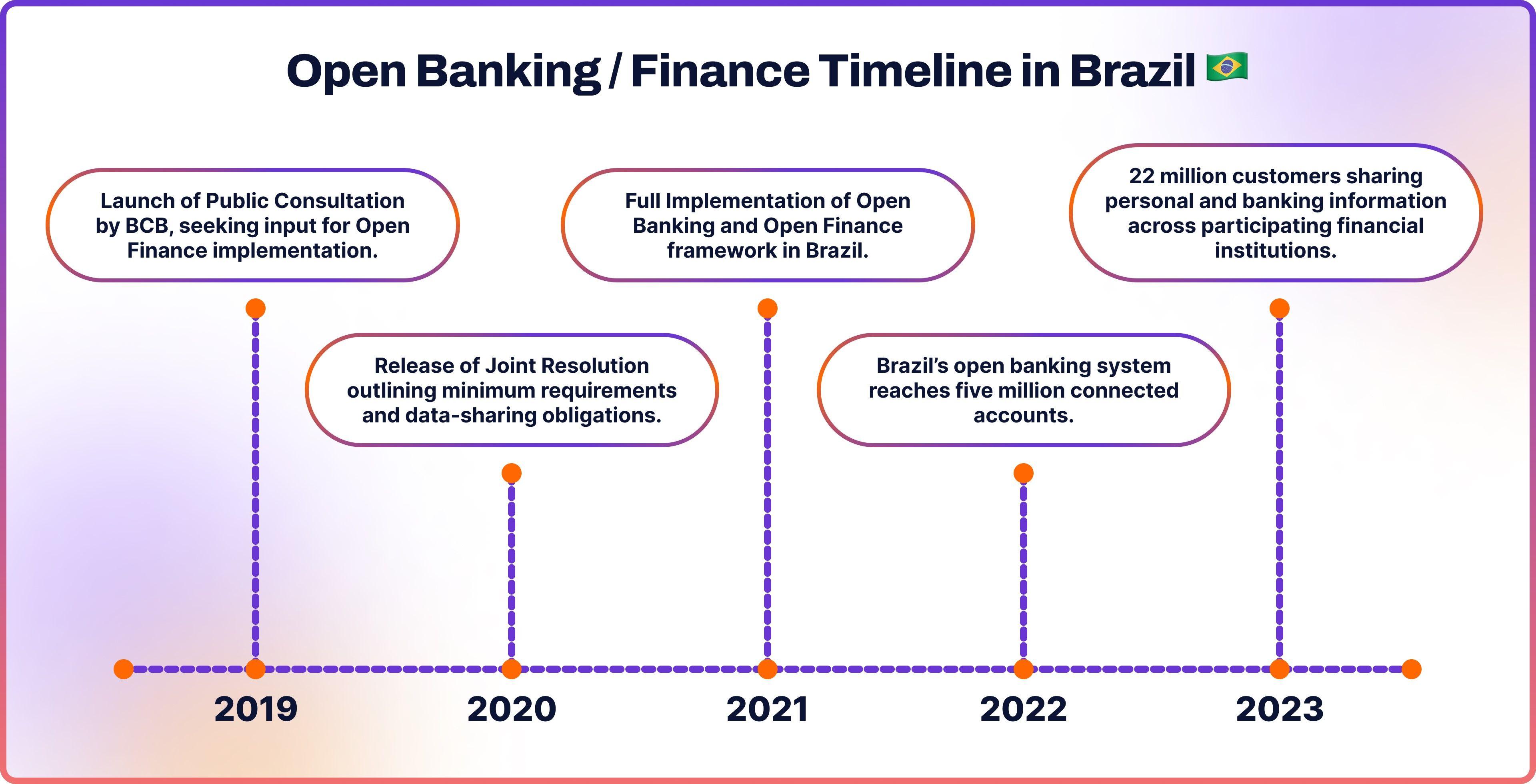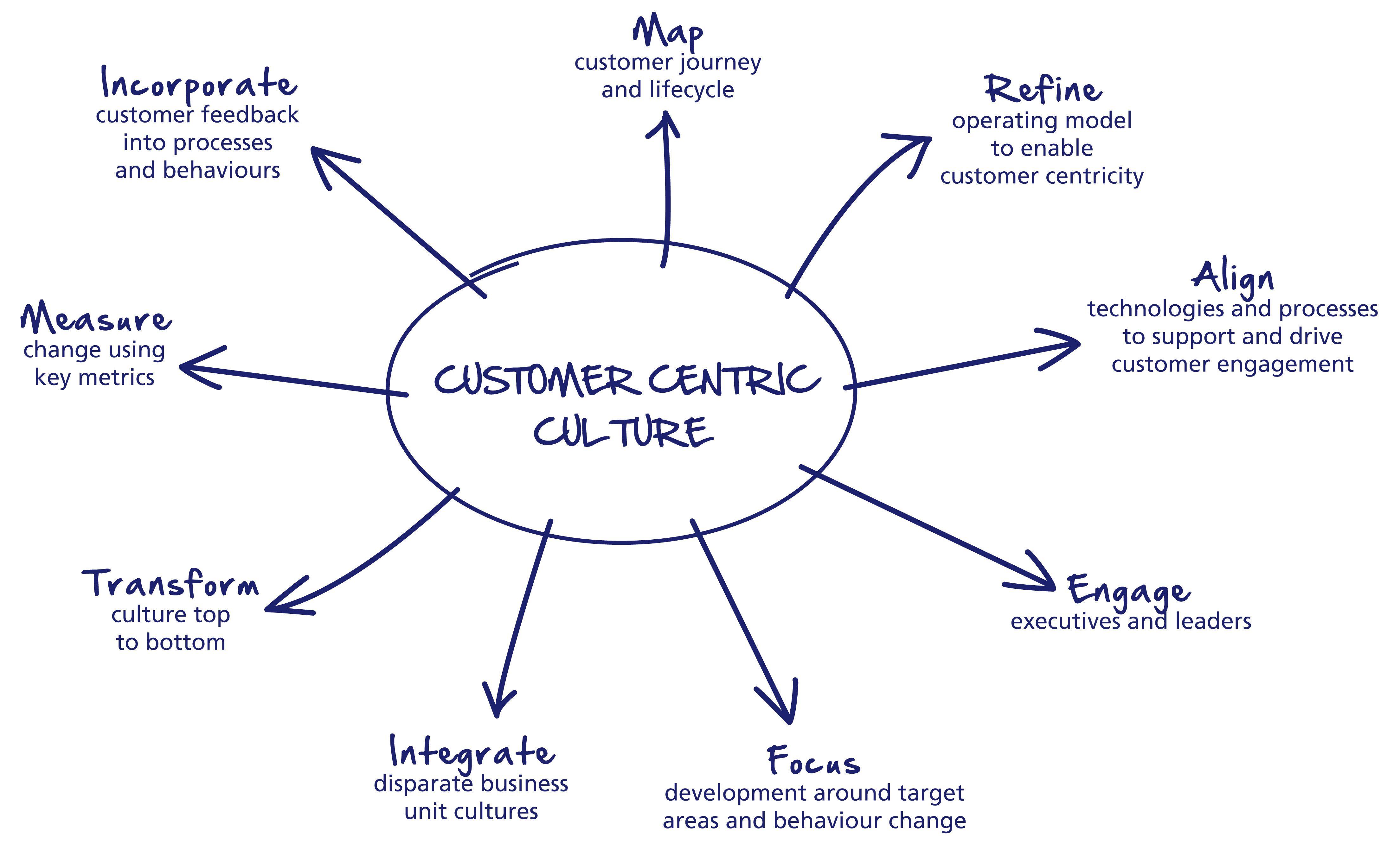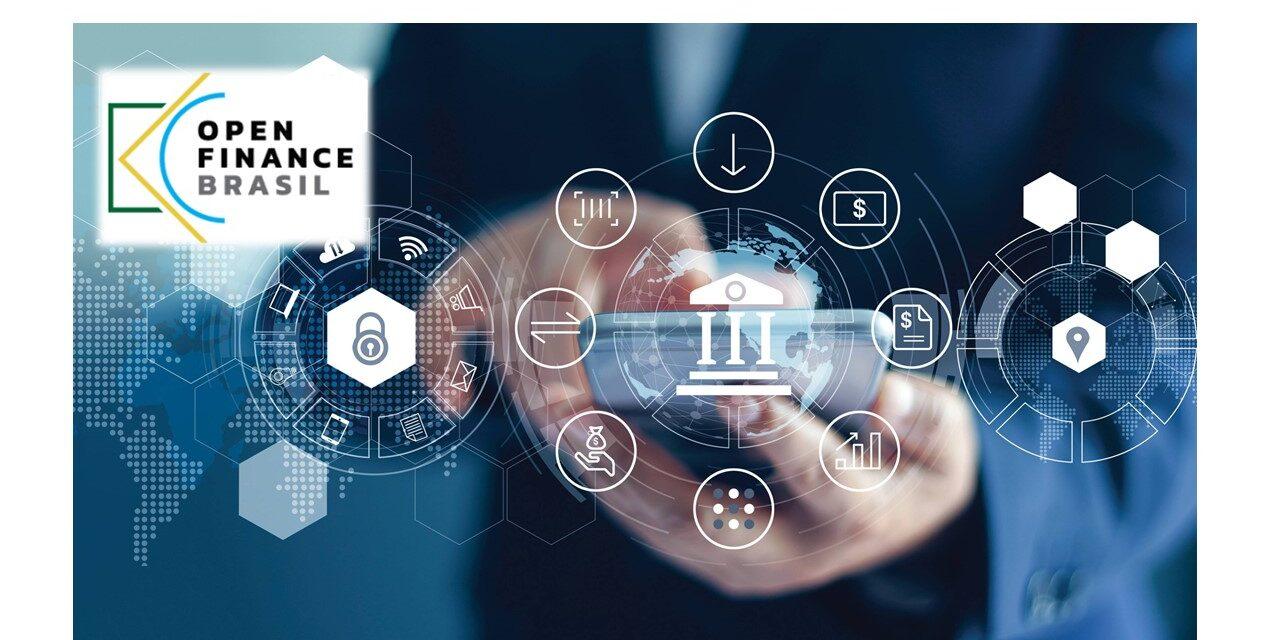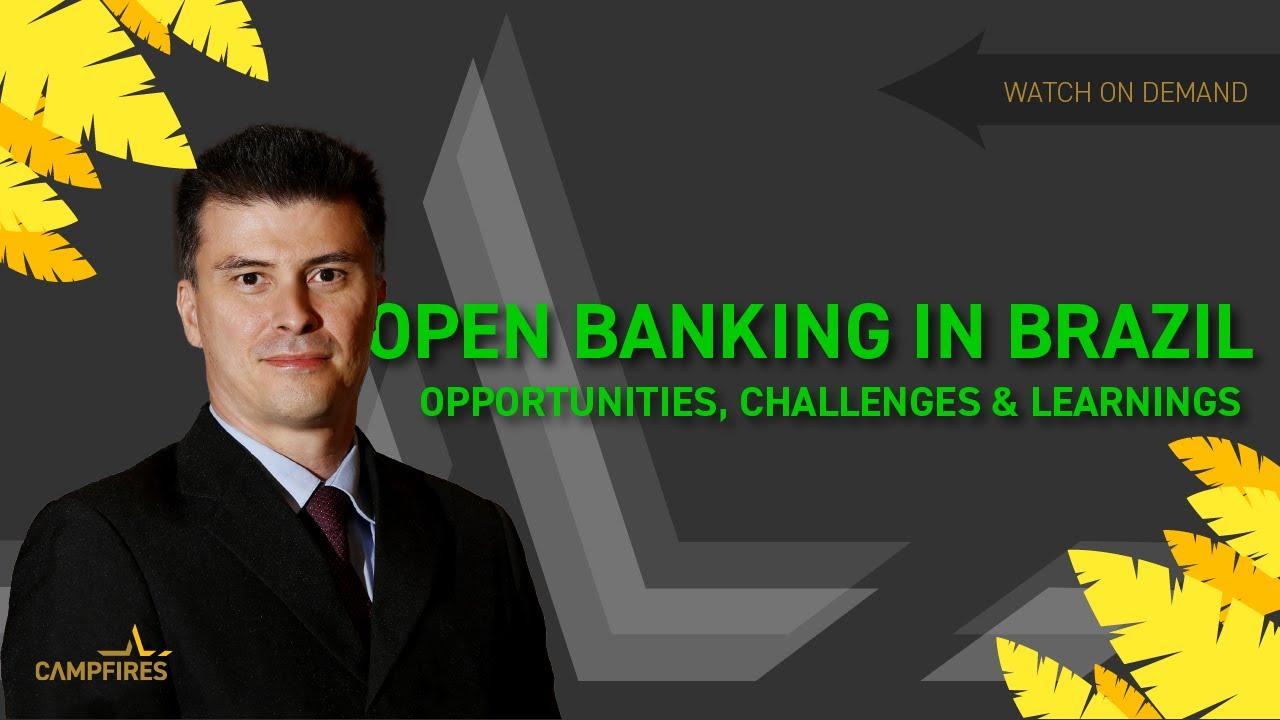In an era where global financial landscapes are rapidly evolving, Brazil has emerged as a surprising pioneer of innovation with its groundbreaking Open Banking framework. Designed to foster competition, enhance customer-centric services, and improve financial inclusion, Brazil’s blueprint stands as a testament to the transformative power of open data sharing in the banking sector. As the United States grapples with its own financial challenges and seeks to redefine customer experiences, many industry experts are turning their gaze southward, intrigued by the potential lessons to be drawn from Brazil’s approach. In exploring Brazil’s Open Banking model, we venture into a complex ecosystem of regulatory changes, technological advancements, and shifting consumer expectations, all of which may hold invaluable insights for American financial institutions looking to navigate a rapidly evolving landscape. Join us as we delve into the intricacies of Brazil’s Open Banking strategy and its potential implications for the future of banking in the United States.
Brazils Open Banking Journey: Key Milestones and Achievements
Brazil’s transition to open banking has been marked by significant milestones that showcase its commitment to financial innovation and consumer empowerment. The journey began in 2018 when the Central Bank of Brazil outlined a regulatory framework to facilitate data sharing among financial institutions, emphasizing transparency and competition. This framework laid the groundwork for an integrated system where users could share their financial data securely with different banks and fintechs, fostering an environment ripe for innovation. Key accomplishments during this period included:
- Implementation of the Data Sharing Framework: Establishing strict guidelines on data consent and privacy.
- Launch of the Central Bank’s Open Banking Platform: Allowing financial institutions to connect and share data seamlessly.
- Engagement of Stakeholders: Involving banks, fintechs, and consumers in the open banking discussion, ensuring a wide array of viewpoints were considered.
The culmination of these efforts was observed in 2021, when the open banking model was officially rolled out in phases, enhancing the financial ecosystem not only for consumers but also for smaller financial entities. As of now, consumers have begun to experience the fruits of this initiative, such as easier account switching and improved services tailored to their unique financial needs. The following table illustrates the progression of key milestones in Brazil’s open banking journey:
| Year | Milestone |
|---|---|
| 2018 | Framework Proposal by Central Bank |
| 2020 | Official Launch of Phase 1 |
| 2021 | Full implementation of Open Banking |
| 2022 | Introduction of Open Finance |

Understanding the Regulatory Framework: Lessons from Brazils Approach
Brazil’s approach to open banking exemplifies the significance of a well-structured regulatory framework. The Central Bank of Brazil has anchored its model in principles that promote competition, innovation, and consumer protection. By establishing open, clear, and standardized guidelines, Brazil has created a comprehensive environment where multiple financial institutions can securely share consumer data. This has encouraged a robust market for fintech solutions and traditional banks to innovate continuously, ultimately benefitting consumers through enhanced services and reduced costs. Key lessons from Brazil’s framework include:
- Transparency: Clear communication of regulations fosters trust among consumers.
- Collaboration: Engaging stakeholders early on ensures diverse input and smoother implementation.
- Consumer Empowerment: Educating users about their rights promotes informed choices.
In addition to these core principles, Brazil’s regulatory framework stands out for its adaptive nature. It integrates phased implementations that allow for gradual adjustments based on real-world feedback, ensuring that both the regulators and the financial institutions can adapt effectively to the evolving landscape. This iterative process not only enhances system resilience but also aligns with technological advancements and consumer expectations in real-time. To crystallize this adaptive approach, consider the following insights from Brazil’s experience:
| Aspect | Brazil’s Strategy |
|---|---|
| Implementation Timeline | Staggered phases allowing gradual stakeholder adjustment |
| Stakeholder Engagement | Involvement of banks, fintechs, and consumers in regulatory discussions |
| Ongoing Feedback | Regular reviews to refine regulations based on market feedback |

Creating a Consumer-Centric Ecosystem: Enhancing User Experience through Collaboration
In the evolving landscape of finance, user experience stands at the forefront, demanding a strategic focus on collaboration among various stakeholders. Brazil’s open banking framework serves as a compelling example, bringing together banks, fintechs, and consumers to drive innovation and enhance the overall banking ecosystem. By fostering partnerships across these sectors, financial institutions can create a more seamless experience for users, enabling access to a wider array of services tailored to individual needs. The integration of third-party applications, coupled with increased data portability, ensures that users are empowered to take control of their financial journeys while benefitting from increased choice and personalized offerings.
Moreover, building a consumer-centric ecosystem requires the establishment of clear guidelines and regulatory frameworks to facilitate transparent data sharing. The emphasis should be on prioritizing user consent and data protection, which are vital to building trust. A table illustrating key components of the Brazilian model can highlight the advantages of such collaboration:
| Component | Benefits |
|---|---|
| Data Portability | Enables users to switch banks without hassle |
| API Connectivity | Facilitates integration with fintech solutions |
| Consumer Consent | Enhances trust through transparent practices |
| Open APIs | Encourages innovation and custom solutions |
As the United States contemplates its own evolution in financial services, adopting similar principles of collaboration, transparency, and user empowerment will be crucial in developing a robust and consumer-friendly environment. By prioritizing the user experience through a multi-faceted approach that champions partnership, the financial sector can enhance access, drive engagement, and ultimately foster a culture of innovation that benefits all parties involved.

Adapting Brazils Success to the US Landscape: Strategic Recommendations for Implementation
To successfully implement Brazil’s open banking framework in the US, a phased, collaborative approach is essential. Stakeholders, including fintech companies, traditional banks, and regulatory bodies, should come together to establish a unified vision that emphasizes transparency and customer empowerment. This could be facilitated by forming multi-sector working groups aimed at addressing the unique challenges faced in the US market. Key recommendations include:
- Establishing Regulatory Clarity: Concentrate on delineating clear guidelines to reduce ambiguity for all participants.
- Consumer Education Programs: Invest in initiatives that inform consumers about their rights and the benefits of open banking.
- Interoperability Standards: Develop standards that ensure seamless integration between legacy systems and new open banking platforms.
Additionally, leveraging data-sharing agreements can foster a more competitive and innovative landscape. By creating a framework that prioritizes data privacy while promoting competition, the US can enhance customer choice and improve service offerings. A suggested approach involves setting up a collaborative platform for data exchange, modeled after successful pilot programs in Brazil. Consider the following table for key focus areas:
| Focus Area | Recommendation | Expected Outcome |
|---|---|---|
| Consumer Trust | Enhance transparency in data usage | Increased participation in open banking |
| Innovation | Encourage startups through incubator programs | Boosted competition and service diversity |
| Regulatory Compliance | Adopt a flexible regulatory framework | Facilitated market entry for new players |
Insights and Conclusions
As we draw the curtains on our exploration of Brazil’s Open Banking blueprint, it becomes increasingly clear that this innovative framework holds invaluable lessons for the United States. The Brazilian approach, characterized by collaboration, transparency, and an unwavering commitment to consumer empowerment, presents a compelling case for reimagining financial ecosystems.
While both nations grapple with unique challenges and opportunities, the adaptability of Brazil’s model offers a roadmap for the U.S. to navigate its own complexities in the financial sector. As we stand on the brink of a digital financial revolution, the potential for synergy between these two worlds invites a deeper dialog about the future of banking, one that champions accessibility and inclusivity.
In an era defined by rapid technological advancement, the opportunity to harness open banking not only enhances competition but fosters an environment where consumers take center stage. As the U.S. looks toward its financial future, it would be wise to reflect on Brazil’s pioneering efforts—an invitation to innovate, adapt, and ultimately choose a path that prioritizes the needs of the many over the interests of the few. The journey ahead is filled with promise, and the lessons learned from Brazil could very well pave the way for a thriving, interconnected banking landscape in the United States.
